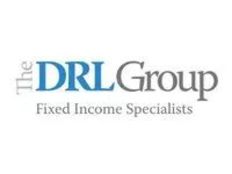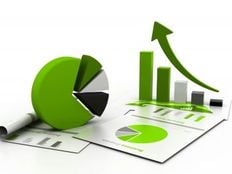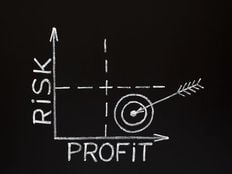
There are numerous advantages to having tax-free municipal bonds in your investment portfolio.
However, a common misunderstanding exists about buying this asset class at a premium. A premium is any dollar price paid over the $1000 face value of the bond. The misconception lies in the belief that paying a premium would result in a loss because, at maturity or the call date, the investor generally receives $1000 per bond returned to them, not their cost. In reality, a premium bond is simply a bond that is worth more than its face value, and it can offer unique benefits to the investor.
Part of this misunderstanding stems from the confusion between the coupon and the yield. The coupon is a fixed rate of interest the investor will receive annually on the investment. This fixed amount will not change throughout the life of the bond. The yield, on the other hand, is the return on the overall investment at the call date or maturity (taking all factors like coupon, maturity, call and price into account). Understanding these concepts is crucial as they determine the return on your investment and can help you make informed decisions.
When buying a premium municipal bond, investors should concentrate on the YTW (yield to the worst-case scenario) when making decisions in this asset class. YTW is a measure that takes into account the potential worst-case scenarios, such as the bond being called before maturity, and determines the dollar value. It protects the investor from paying a higher premium than necessary for a bond that could be called before maturity.
Whether to buy a premium or not starts with the return on the overall investment. Next, do you want a more significant portion of your income now or later? If you want it now, a premium bond will give you a higher annual income rate than the discount, but in the end, the two should have like overall yields. If a bond trades at a premium, that means rates have dropped since that bond was issued, and it is now worth more than the initial face value. This difference is because new issues are coming to market with lower coupon rates and your higher coupon is now more desirable. You are paying a premium dollar price to receive a higher income now, vs. later, but you are not paying above value.
An investor who purchases a bond at a premium must amortize that premium over the life of the bonds on your Federal Taxes. The premium amount is provided by your broker each year on an IRS 1099 Form. This amount is subtracted from your taxable income for the same year; thus, the premium is written down to zero by the time the first call arrives or at maturity so there is no “loss”.
For example,
10 Dallas Wtr & Swr 4% 2/35 trading at 4% (face value of $1000 per bond) – no premium.
Now, same bond but with a 5% coupon.
10 Dallas Wtr & Swr 5% 2/35 trading at 4% ($103 or $1030 per bond – the total premium for 10 of $300) is amortized over the 10-year life of the bond and also has the exact yield of 4% bond.
In this example, both have the same overall return on the investment, but the 5% bond earns $500 a year, while the 4% bond earns $400.
You might choose the 5% bond if the goal is income now.
After clarifying the above points, there are several reasons why investors might want to buy premium bonds.
- Investors receive higher annual coupon payments/cash flow, providing a steady, predictable higher income stream than a par or discount bond.
- Premium bonds are less sensitive to interest rate fluctuations and have fewer large swings or volatility. Compared to discounts, premiums are more of a defensive move.
- The premium paid offsets taxable income when amortized on Federal Income Taxes, thus dispelling the myth that investors buying premium bonds take a loss at maturity.
- Investors have no risk of being subject to the De Minimis Tax that could apply to some discount bond purchases.
- If a premium bond is not called on the first call date, the yield to maturity frequently ‘bumps’ for each year the bond is not called. This means that the effective yield on your investment increases each year the bond remains outstanding, potentially increasing your overall return.
In conclusion, premium-priced municipal bonds can be a great option for investors looking for higher income streams, a defense against rates moving higher, and a possible yield bump for bonds not called on the call date.
To help navigate the complexities of municipal bond investments, investors should consult with an experienced fixed-income advisor. This guidance can make investors feel confident and supported in their investment decisions.
At The DRL Group, we take great pride in working with investors like yourself to discuss the market, demystify complexities, and share our experiences. We have seen it all, from rates as high as 15% to levels below 1%. Our team, with over 8 decades of combined experience in this highly specialized area, offers extensive insight to our clients, helping them navigate and maximize their fixed-income investment goals. You can trust in our vast experience and meticulous attention to your fixed income needs; we encourage you to let us put that to work for you. For more information, visit our website at drlgroup.






